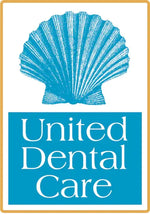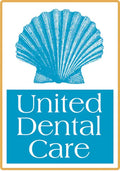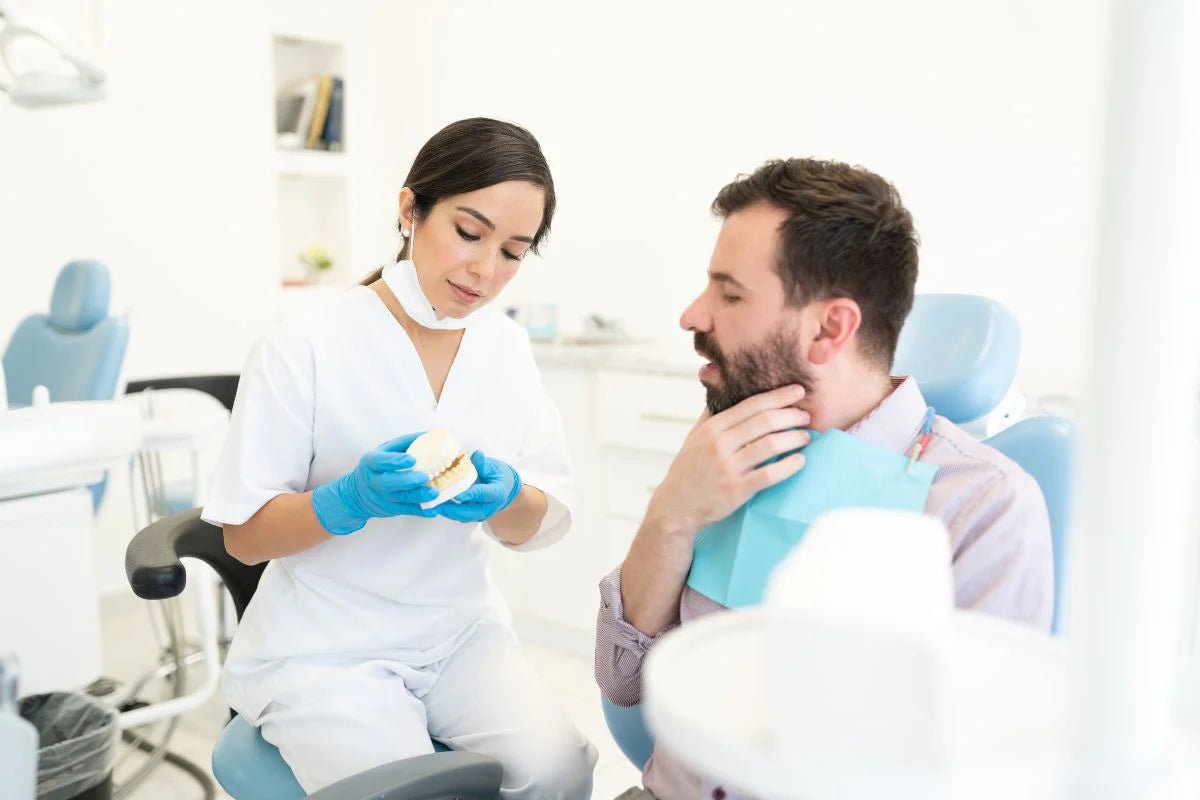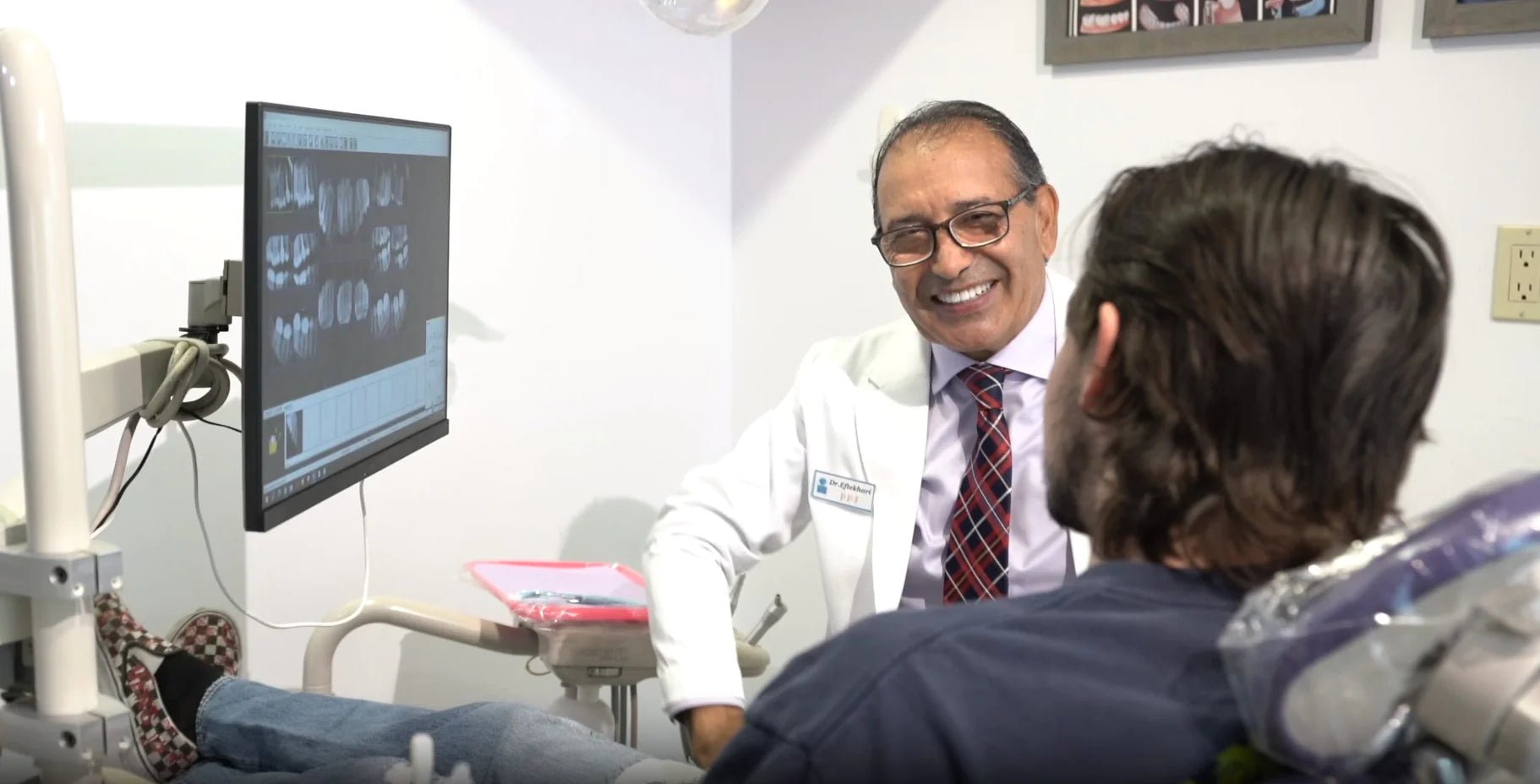Dental Emergencies: When is Immediate Treatment Needed?

Dental emergencies can lead to severe health consequences or even death if left untreated.
Not all dental problems can be classified as dental emergencies, though. Dental issues can have various etiologies (causes) and differ depending on your dentist's diagnosis.
Thus, learning what warrants a dental emergency and how to respond accordingly will help you avoid life-threatening complications and receive symptomatic relief.
In this article, we'll help you answer the following questions:
- What is considered a dental emergency?
- How soon should a dentist see you in an emergency?
- What are the most common dental emergencies and causes of dental emergencies?
- How do you handle dental emergencies?
What constitutes a dental emergency?
The American Dental Association (ADA) defines dental emergencies as potentially life-threatening diagnoses that need immediate treatment to stop bleeding, cure infection, and relieve severe pain.
Dental experts refer to a dental emergency as any problem that affects teeth or supporting tissues requiring immediate treatment to prevent biological, functional, or aesthetic complications.
Common dental emergencies are classified into three main etiologies or causes:
Traumatic
Traumatic dental emergencies occur when the teeth or the surrounding structures sustain direct or indirect impact. Such dental traumas can result in the following:
- Tooth fractures
- Luxations (the displacement or dislodgement of a tooth)
- Avulsions (complete tooth loss)
Traumatic dental emergencies are often due to falls, sports-related injuries, work-related accidents, and physical violence.
Infectious
Infectious dental emergencies begin with dental caries. These emergencies occur when harmful bacteria caused by cavities reach the teeth, gums, or surrounding tissues. If not managed correctly, the bacteria can spread into the deep spaces of the neck, mediastinum, facial sinuses, and brain, resulting in life-threatening complications such as breathing difficulties.
Common examples of infectious dental emergencies include:
- Abscess - a localized infection characterized by the collection of pus in a specific area, such as the root of a tooth or the gum tissue.
- Cellulitis - a bacterial infection that affects the soft tissues of the face, including the gums, cheeks, or tongue.
- Periodontal abscess - occurs when an infection develops in the periodontal pocket, which is the space between the tooth and the gum tissue.
- Ludwig's angina - a severe infection affecting the mouth and neck floor.
- Osteomyelitis - an infection that affects the bone. In the context of a dental emergency, it can occur when a tooth infection spreads to the underlying jawbone.
Post-procedural complications
Post-procedural complications refer to adverse dental problems arising from a medical or dental procedure. Some common post-procedural complications include:
Post-procedural Bleeding
Post-extraction bleeding is the most common post-procedural emergency seen in dental practice. It can persist longer than eight to twelve hours after a dental extraction.
Post-extraction bleeding is commonly seen in patients with:
- Congenital bleeding disorders
- Systemic diseases affecting hemostasis
- Prescribed anticoagulation medications.
- The absence or lack of appropriate treatment may cause more serious complications, including:
- A large intraoral hematoma
- Severe blood loss
- In some cases, a compromise of a patient's airway
Alveolar Osteitis
Alveolar osteitis, or "dry socket," is a post-extraction complication characterized by persistent severe pain at the extraction site.
The absence or loss of the fibrin clot at the extraction socket exposes an area of the alveolar bone and causes prolonged pain. This pain forces patients to have multiple dental visits for symptomatic relief.
Alveolar osteitis isn't considered an infectious process but rather the result of delayed healing.

What doesn't warrant a dental emergency?
While all dental problems should be taken seriously, not all warrant a trip to an emergency dentist. Some dental problems are so manageable that they won't require emergency dental care.
The line separating a dental emergency and a minor toothache isn't too thin, though. Once the pain, bleeding, or gum swelling interferes with your daily activities and seriously affects your overall health, you don't have to think twice. Call and see your dentist immediately.
So, here are some situations that typically do not warrant a dental emergency:
- Routine dental check-ups
- Minor toothaches
- Lost fillings or crowns
- Chipped or broken tooth without pain
- Mild gum bleeding
- Orthodontic adjustments
Cavities, or dental caries, are generally not considered a dental emergency unless certain circumstances, such as worsening abscesses and debilitating pain, are present.
How to assess the severity of a dental emergency
Unfortunately, proper remedy or prompt diagnosis isn't always carried out due to inadequate assessment and treatment protocol knowledge.
Nevertheless, obvious signs tell whether a patient already needs emergency dental care.
For infection-related dental problems such as tooth abscess, cellulitis, or Ludwig's angina:
- The swelling extends to the upper portion of the face or neck
- The eyelids become swollen to the point of shutting down
- Vision problems occur.
- Unusual drowsiness or confusion
- Headache or stiffness in the neck
- Weakness or fainting
- Difficulty swallowing or breathing
For dental injuries:
- Complete tooth displacement
- Severe tooth fracture causing sharp or jagged edges that can cut surrounding teeth and tissues
- Intense pain that painkillers can't remedy
- Bleeding that does not stop after 15 minutes
- Fractures or dislocation of the jaw or facial bones
- Breathing difficulties
- Severe lacerations or injuries to the soft tissues
Remember that these are general guidelines, and the severity of dental injuries and infections may vary. If you experience any dental injury or infection and are unsure whether it requires emergency dental care, it's best to contact your dentist or a dental professional.

How to handle common dental emergencies
The exact timeframe in which a dentist should see you may vary based on factors such as the nature and seriousness of the emergency and the accessibility of dental services in your local area.
It is advisable to seek immediate dental care for severe tooth pain, swelling, or infection. The same principle applies to uncontrollable bleeding from the mouth or injuries to the lips, tongue, cheeks, or gums.
Treatment for serious dental problems and emergencies involving jaw or facial fractures may be treated at the nearest hospital or local emergency room with the help of an oral and maxillofacial surgeon.
However, it's worth noting that dental offices may have different protocols for emergencies, including after-hours emergency services or referral to specialized emergency dental clinics.
If you're uncertain about the urgency of your situation or contacting a local dental helpline or emergency dental services isn't possible, you can manage the symptoms by doing the following:
For a few broken or missing (chipped) teeth
- Save any pieces of your broken teeth or chipped teeth. Apply a piece of gauze to the bleeding area (if there's any) for about 10 minutes or until the bleeding stops.
- To reduce swelling and alleviate pain, you can apply a cold compress on the outer part of the mouth, cheek, or lip near the broken or chipped tooth.
For a knocked-out tooth
- Never lose a knocked-out tooth. If possible, find the tooth and hold it by the crown (the upper part of the tooth) and rinse it with clean water.
- Avoid removing or scrubbing any attached tissue fragments.
- If it is possible to safely reinsert the tooth into the socket, even in the presence of bleeding, it is recommended. Never force it to the socket, though.
- In circumstances where you're hesitant or can't put the tooth back into the socket, you place it in a small container of milk, or a solution designed for preserving cells' growth.
There's a high likelihood of saving your knocked-out teeth if they're promptly seen by a dentist and reinserted into their socket within one hour of being knocked out.
For dental abscess causing pain
- To alleviate severe tooth pain and move the pus toward the surface, rinse your mouth at least three to four times daily with a mild salt solution. This can be prepared by mixing 1/2 teaspoon of table salt in 8 ounces of water.
- You can also wrap ice cubes in a dry towel and apply the resulting compress to the affected area for 15-minute intervals.
For bleeding
- Control the bleeding by placing a clean, damp gauze on top of the tooth socket, ensuring it applies direct pressure for 45-60 minutes.
- Make sure a blood clot forms and stays in the tooth socket.
- Avoid strenuous activities and heavy lifting. When resting or lying down, position your head above your heart to reduce blood pressure and promote better bleeding control.
In handling a dental emergency, it is important to consider the urgency of the situation and the significance of proper oral hygiene.
No one can overlook the power of rinsing the mouth with a mild salt solution or applying a cold compress to control pain and swelling.
By being mindful of these details while waiting for appropriate dental care, you can effectively manage a dental emergency while minimizing complications.
Dental Emergency? Contact United Dental Care
Understanding what constitutes a dental emergency and how to respond appropriately can significantly prevent life-threatening complications and obtain prompt relief.
While some dental issues may not require immediate treatment, severe dental pain or swelling, infection, uncontrolled bleeding, or traumatic injuries should be addressed by seeking immediate dental care.
If you are unsure about the urgency of your situation or unable to contact emergency dental services, it is important to manage symptoms by following the discussed measures.
For comprehensive and reliable treatment in Culver City, contact Culver City Dentist United Dental Care for professional assistance and personalized treatment.
Book your appointment with our dentist now to leave your worries behind.




 By:
By: 

